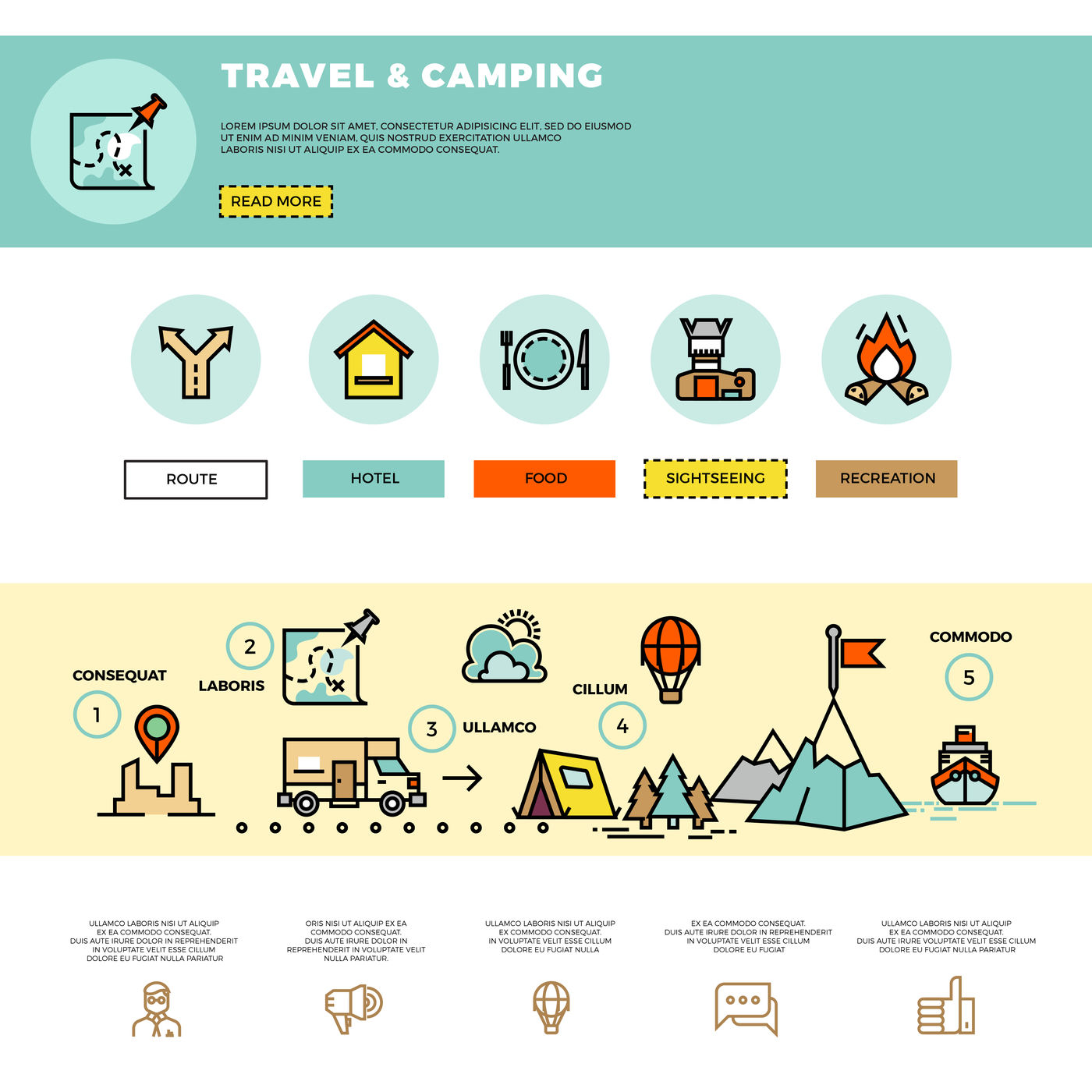If you camp frequently in areas with rocks or sharp downed branches or just despise storing a damp, muddy outdoor tents, after that an impact is absolutely worth taking into consideration. Impacts are also relatively economical compared to a new tent.
Is it possible to live in a tent?
Lots of camping tent producers provide their very own certain footprints, which are reduced to the exact dimension of the camping tent flooring. However, you can make one yourself with a lightweight textile like polycryo or tyvek.
Climate condition
Whether you require an impact actually depends upon the conditions you'll be camping in. If you're backpacking in a place where the ground is usually damp (it's virtually inescapable), a camping tent impact can be a valuable addition to your kit, as it will certainly stop your camping tent floor from becoming soaked.
Nevertheless, if the footprint is too big it can serve as a moisture catch and potentially allow water to pool under your tent. This can be prevented by ensuring the impact is reduced a little bit smaller sized than your camping tent on all sides.
Usually speaking, it's finest to get an impact from the very same maker as your camping tent to ensure a specific fit. They likewise have a tendency to be made from thicker, much more sturdy materials than do it yourself options. They can be pricey for something whose sole purpose is to protect the ground underneath your outdoor tents, but it can be a rewarding investment if you care about the durability of your gear.
Surface
Numerous top quality tents can work well without a footprint, particularly those that have bath tub floorings constructed from resilient products. Nonetheless, the surface you hike on can have a substantial effect on just how promptly your outdoor tents floor breaks. Granite slabs, sandstone and various other sturdy surfaces put on with all-time low of your outdoor tents quicker than verdant fields or woodland floors.
An impact or ground cloth aids expand the life of your outdoor tents by serving as a barrier in between the ground and the sewn-in groundsheet of your outdoor tents, states REI senior sales expert Elizabeth Nguyen. It likewise secures the tent from abrasive components like sharp twigs and rugged rocks that might pierce or tear the sewn-in floor. When picking a footprint for your camping tent, it is necessary to guarantee it's slightly smaller than the camping tent on all sides. This stops water from merging between the tent and footprint during a rainstorm, which can permeate into your outdoor tents. The most effective alternative for an impact is to purchase one house tents to live in designed for your particular tent, which will ensure a snug fit.
Tents with Reduced Deniers and Waterproof Rankings
Whether you're an informal backpacker or a hardcore adventurer, the sturdiness level of your outdoor tents is a vital factor to consider. Tents developed to be ultralight, approaching minimal, typically compromise some level of resilience in the fabric and materials utilized.
One textile spec you'll come across is denier, which refers to the weight in grams of a 9,000-meter length of thread that makes up the outdoor tents's cover, rainfly, and/or floor. A greater denier spec represents a lot more tough fabrics, while lower numbers show lighter and less durable textiles.
Various other specs to check out include floor measurements, vestibule size, and indoor pockets. The former reflects the overall square-footage that can be made use of for comfortable area, while the latter can play a role in storage space by supplying an area to stash equipment over night and in bad weather condition. Air flow is likewise an important variable; as you exhale dampness during sleep, it requires to get away, or condensation may accumulate within. Features such as mesh windows and panels and adjustable rainfly doors aid increase ventilation and stop this from occurring.
The Expense
The expense of a tent can influence its performance, and it is likewise important to think about how much you can manage to invest. Backpackers looking for a light-weight shelter must aim for an outdoor tents with a livability ranking of at the very least 2 celebrities, and ideally, 3 or more.
Livability describes exactly how roomy a camping tent feels, with clearance and flooring measurements playing a huge function. Historically, backpacking tents used outstanding sloped wall surfaces and very little area to conserve weight, however modern products permit designers to provide even more convenience while maintaining weight low.
Storage space is one more factor to take into consideration, with vestibules and a quick-pitching layout helping in reducing setup time. Additionally, the sort of material layer and just how the outdoor tents is kept can impact longevity. For instance, a PU covering that breaks down more quickly when damp, or goes through repeated cycles of stowing and un-stowing, can considerably shorten the lifespan of a camping tent. Similarly, utilizing a customized impact as opposed to stuffing an outdoor tents in a slipshod manner will certainly likewise prolong its life-span.
What size is a 4 man tent?
